Scott Young, Warner Bros. Discovery (WBD) Sports, Europe, explains how on-the-ground coverage and dynamic studio setups are key to delivering Paris 2024 in 19 languages.
In its first Summer Olympic Games since merging in 2022, Warner Bros. Discovery (WBD) is preparing for what it believes is the most unique broadcast operation of any rights holder from Paris.
Like other broadcasters, it is promising to deliver all 3,800 hours of live competition that host agency Olympic Broadcasting Services (OBS) will produce, but unlike, say NBC, it will tailor it to 19 languages across 47 markets.
“That would arguably be what sets us apart from any other broadcaster,” says Scott Young, Group SVP, Content, Production and Business Operations at WBD Sports, Europe. “The principal idea is, how do you create a plug-and-play dynamic platform that isn’t wedded to any one studio, or any particular camera, which is only for that market? How do you make it work across 47 markets?”
Recent Olympics covered...
You are not signed in.
Only registered users can view this article.
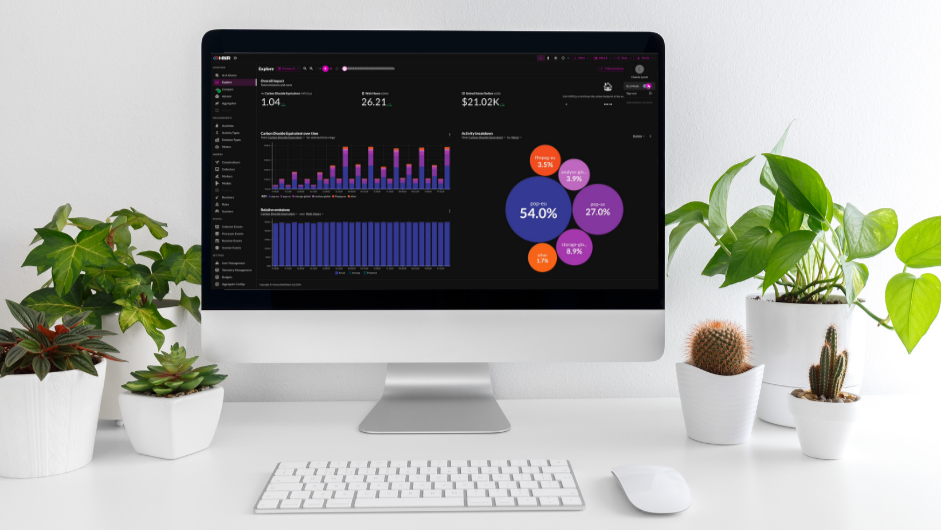
Sustainable streaming: Delivering a greener vision for OTT
Increasingly powerful analysis platforms, infrastructure optimisation, improved resource utilisation and new methods of compression are among the developments helping the streaming sector to reduce its environmental impact, writes David Davies.
Creating a new sense of place for Welsh media innovation
The emergent virtual production scene in Wales has been boosted by the arrival of two new world-class facilities in recent months, both secured with the collaborative backing of Media Cymru. James McKeown spoke to Media Cymru’s Deputy Director, Professor Sara Pepper OBE, about the consortium’s mission to put Wales on the global media innovation map.
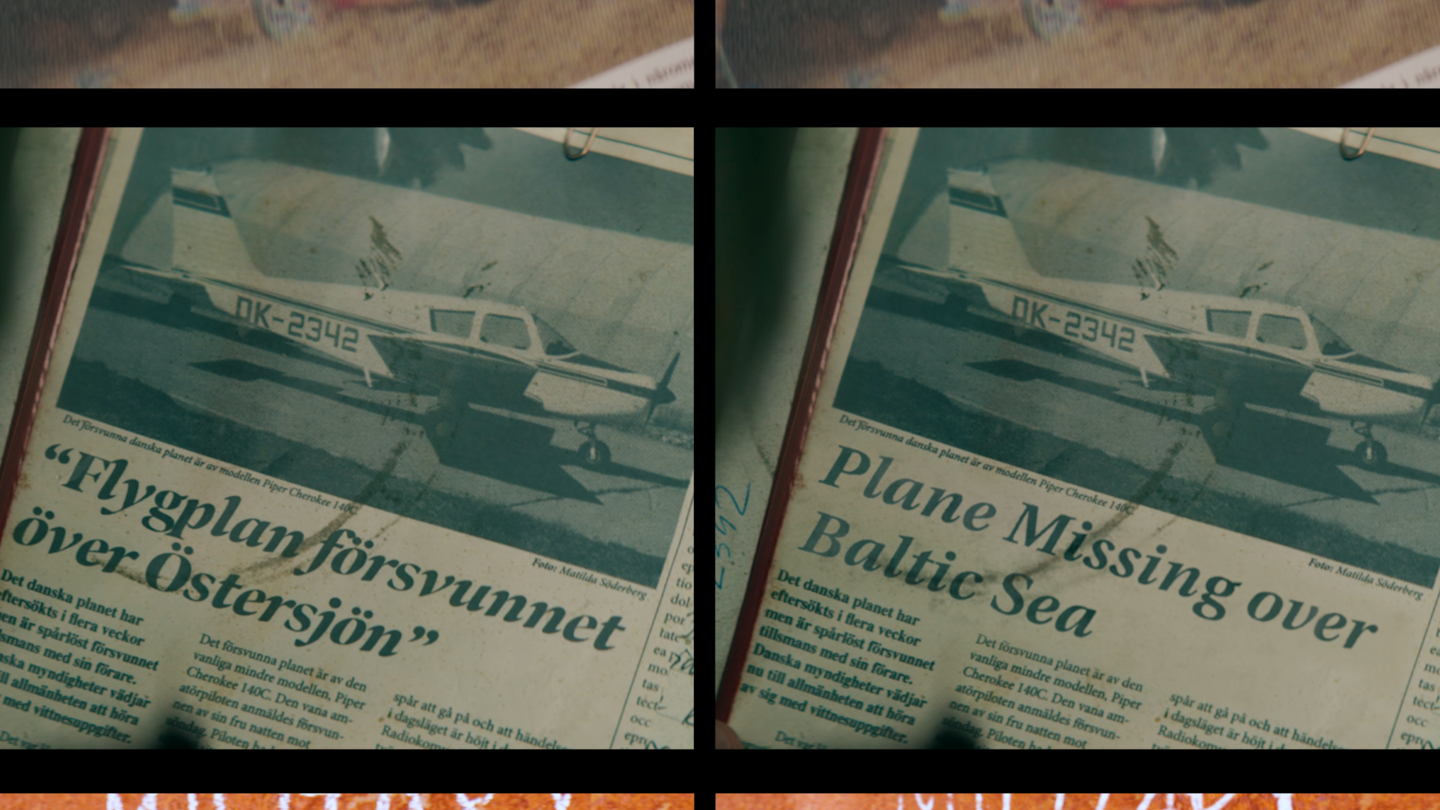
Flawless AI: “You can't put new lines in people's mouths without consent”
AI tools like Flawless visual dubbing are making a strong case for standard use in Hollywood.
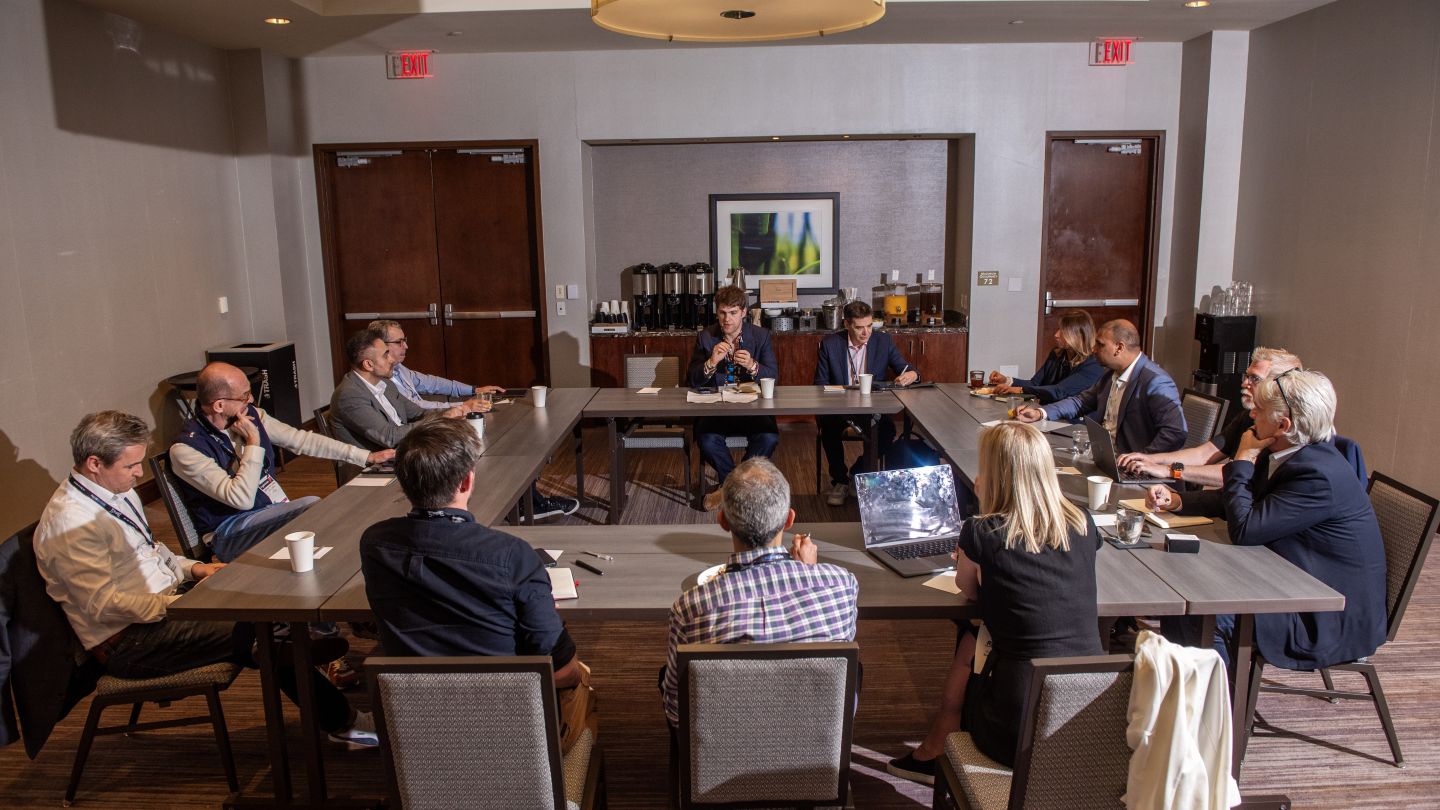
Discoverability, engagement and reach: IBC365 roundtable explores the role of AI personalisation in broadcast
Last week saw the first IBC365 roundtable hosted at NAB. Industry leaders from broadcasters including beIN Media Group, Al Jazeera, Globo, TVN Warner Bros Discovery and Alaraby were joined by representatives from Vertex AI Search (Google Cloud), Host Broadcast Services, QTV, Xansr Media, V-Nova, The Media League and Norigin Media to explore how AI is impacting media personalisation.
NAB show review: Tariffs, technology and legacy business in the spotlight
Artist led, AI driven, fan-first media show the way forward at a NAB show dominated by tariff-suffering hardware vendors and advertiser weakened broadcast.

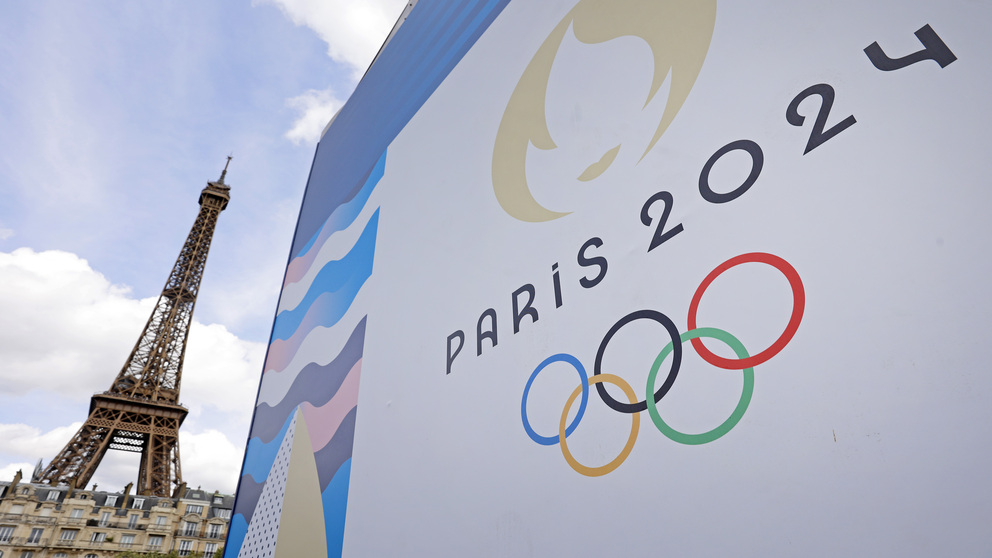


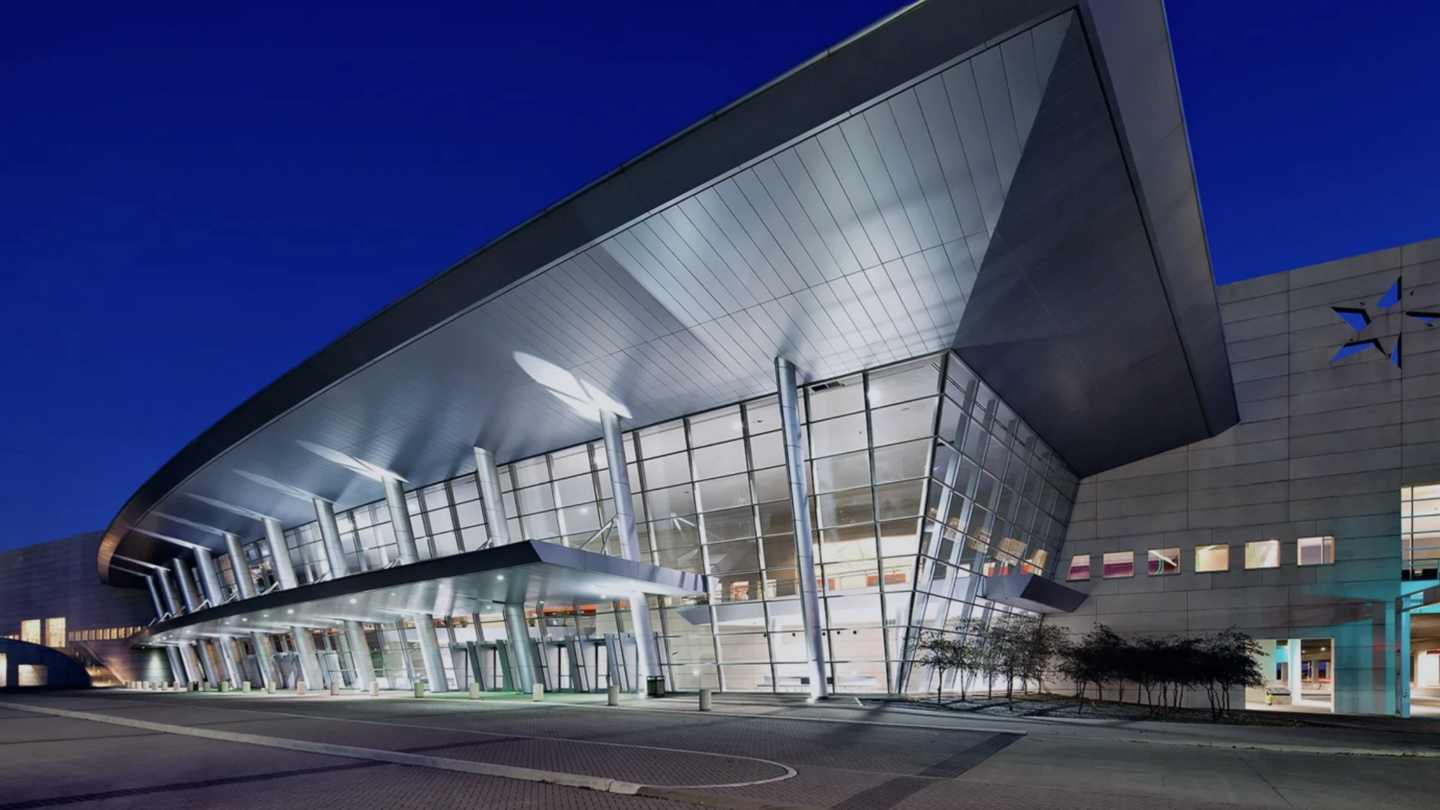
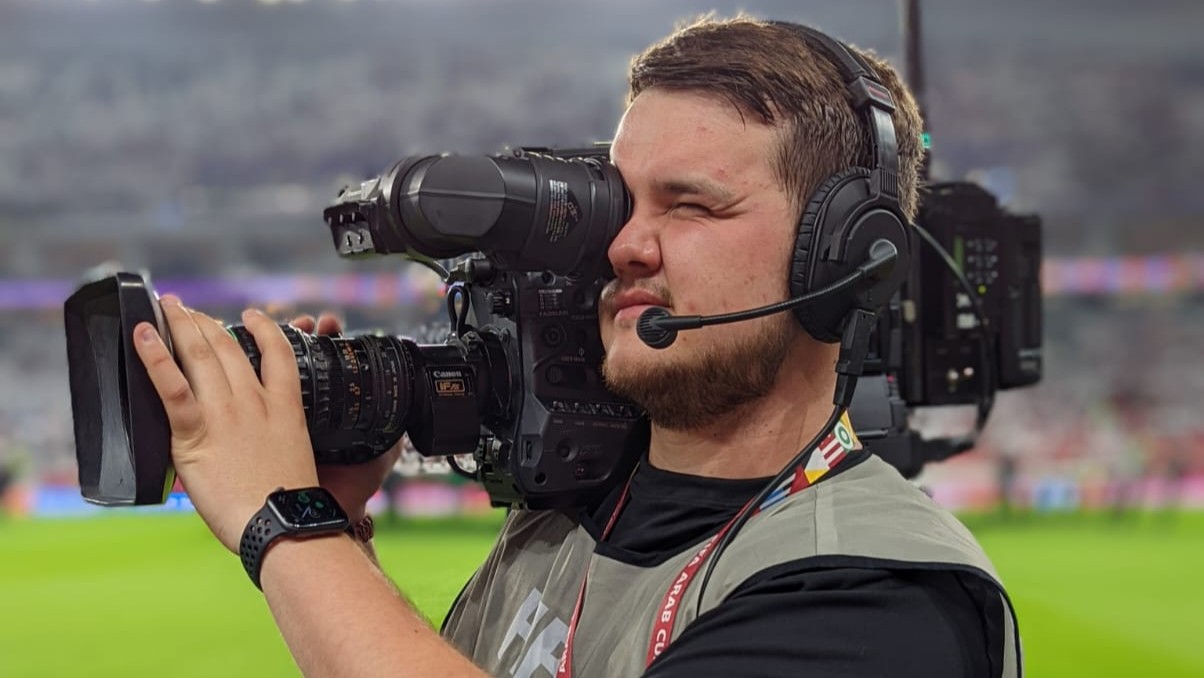
Beverley Honey 07 November 2024
Here is a new comment